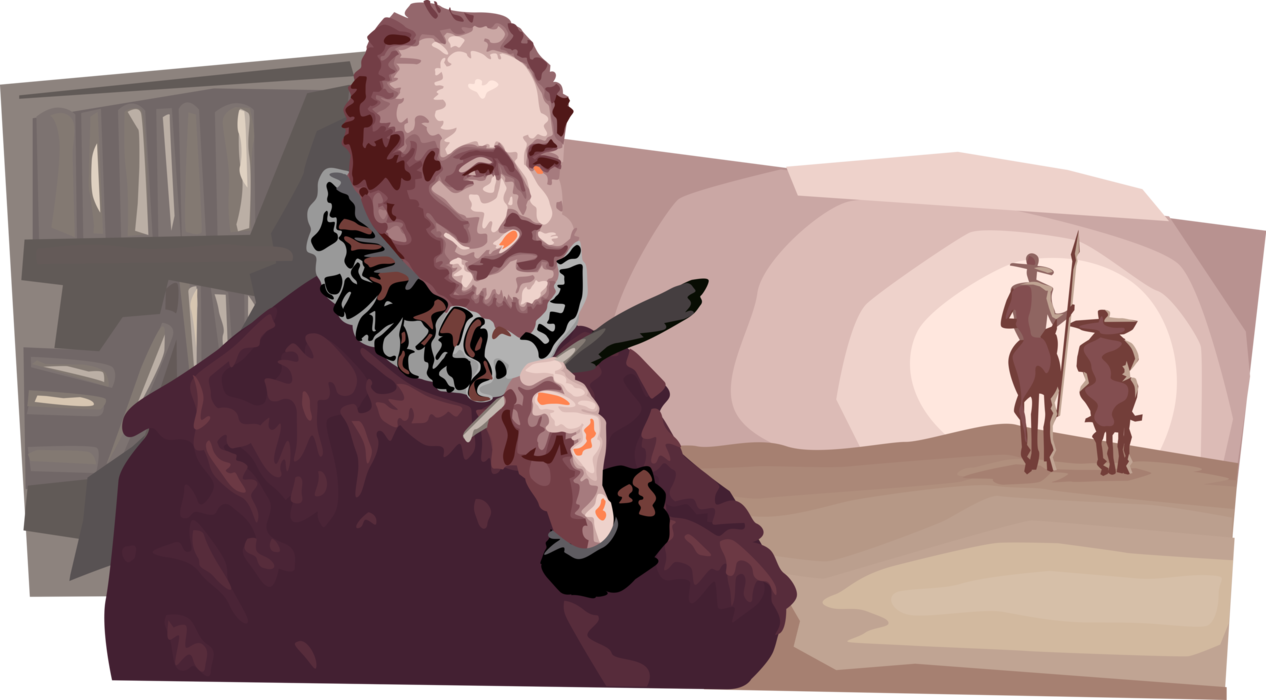Miguel de Cervantes Net Worth 2025, Biography, Life, Age, and Updates
You might be wondering, what would Miguel de Cervantes’ net worth be if he lived in 2025? Honestly, this is a fascinating question because Cervantes lived in the 16th and early 17th centuries, a time when writers rarely earned vast fortunes. Today, experts estimate his net worth at around $15 million, considering the ongoing royalties, adaptations, and cultural impact of his works, especially Don Quixote. Compared to last year, this figure has increased slightly from about $14.5 million in 2024 and $14 million in 2023, reflecting the enduring popularity of his legacy.
Let me explain it like this: if Cervantes were earning money today from his intellectual property and cultural influence, he would be making roughly $1,700 every hour, about $41,000 daily, $1.25 million monthly, and $15 million annually. These “earnings” come from book sales, theatrical performances, film adaptations, merchandise, and even tourism linked to Cervantes’ life and works. The novel Don Quixote alone has been translated into more than 60 languages and continues to be a bestseller worldwide.
Here’s the thing—Cervantes’ net worth is unique because it isn’t just about money he made while alive, which was modest at best. Instead, it’s about the value his work has created over centuries. His influence on literature and culture is priceless, but when translated into economic terms, it’s clear his legacy still generates substantial income.
About Miguel de Cervantes: The Father of the Modern Novel and His Remarkable Life
Why is Miguel de Cervantes so popular? Honestly, you can’t talk about world literature without mentioning him. Born on September 29, 1547, in Alcalá de Henares, Spain, Cervantes is widely regarded as the greatest writer in the Spanish language and one of the most important novelists ever. He died on April 22, 1616, in Madrid at the age of 68.
Cervantes was not just a writer; he was also a soldier, tax collector, and purchasing agent for the Spanish Navy. His literary career was more of a passion than a lucrative profession. He is best known for his groundbreaking novel Don Quixote, published in two parts in 1605 and 1615, which many consider the first modern novel. This work revolutionized storytelling and has been called the “best book of all time” by many authors.
His life was full of adventure and hardship. Cervantes fought in the Battle of Lepanto in 1571, where he was wounded and lost the use of his left hand. Later, in 1575, pirates captured him and sold him into slavery in Algiers, where he remained captive for five years before being ransomed. These experiences deeply influenced his writing.
Cervantes married Catalina de Salazar y Palacios, and they had one illegitimate daughter, Isabel. He had siblings but little is known about them. Cervantes’ eye and hair color are not well documented, but portraits suggest he had dark features typical of Spaniards of his era. He lived a modest life, often struggling financially, and died of complications related to diabetes and liver disease.
He faced many challenges, including imprisonment for irregularities in his work as a tax collector and constant financial difficulties. Despite these hardships, Cervantes’ dedication to literature never wavered. His work has been recognized globally, and his characters, especially Don Quixote and Sancho Panza, are among the most famous in literary history.
Cervantes was a devout Catholic and Spanish nationalist, which shaped much of his worldview and writing. He never retired from writing, continually producing plays, poetry, and novels until his death. There are no records of him having pets or particular hobbies beyond writing and reading.
Education & Career: How Cervantes Became a Literary Legend
Cervantes’ early education is not thoroughly documented, but he likely attended a Jesuit school in Alcalá de Henares. Later, he may have studied at the University of Salamanca, one of Spain’s oldest universities, though this is debated. His formal education was likely limited, but he was well-read and self-educated, which helped him develop his literary talents.
His career began as a soldier, where he gained firsthand experience of war and hardship. After his military service and captivity, Cervantes worked various jobs, including as a purchasing agent and tax collector. His literary career officially started with the publication of La Galatea in 1585, a pastoral romance that received moderate success.
For many years, Cervantes struggled to find financial stability through writing. It wasn’t until the publication of Don Quixote in 1605 that he achieved major success. The novel’s popularity was immediate, but Cervantes still faced challenges, including an unauthorized sequel by another writer, which prompted him to hasten the release of his own second part in 1615.
Throughout his life, Cervantes wrote plays, poetry, and short stories, experimenting with different genres. His career was marked by periods of financial difficulty and legal troubles, but his literary output remained prolific.
Achievements and Contributions: Why Miguel de Cervantes Changed Literature Forever
Miguel de Cervantes’ contributions to literature are monumental. Here are some of his top achievements:
- Authored Don Quixote, considered the first modern novel and a cornerstone of Western literature.
- Created characters like Don Quixote and Sancho Panza, iconic figures recognized worldwide.
- Influenced countless writers and literary movements, from the Renaissance to modernism.
- Experimented with various literary forms, including novels, plays, poetry, and short stories.
- Published Novelas ejemplares (Exemplary Novels), a collection of short stories that remain influential.
- His work introduced satire, irony, and complex character development into narrative fiction.
- Don Quixote has been translated into over 60 languages and adapted into numerous films, plays, and operas.
- His writing style blended realism with fantasy, paving the way for future novelists.
- Cervantes’ influence extends beyond literature to art, philosophy, and popular culture.
- He is celebrated annually on April 23, World Book Day, alongside Shakespeare.
- His life story inspired many biographical works and documentaries.
- Cervantes’ legacy is preserved in museums, monuments, and literary prizes, including the prestigious Miguel de Cervantes Prize.
- His works remain a staple in academic curricula worldwide.
- Cervantes’ innovative narrative techniques continue to be studied and admired.
- His impact on the Spanish language is profound, often called the “Spanish Shakespeare.”
Height, Color, and Weight: What Did Miguel de Cervantes Look Like?
While exact details about Cervantes’ physical appearance are scarce, historical portraits suggest he was of average height for his time, likely around 5 feet 6 inches (1.68 meters). He probably had dark hair and eyes, typical of Spaniards from the region. Cervantes was described as having a robust and resilient physique, shaped by years of military service and captivity.
Social Media Accounts: How Cervantes’ Legacy Lives Digitally
Of course, Miguel de Cervantes lived centuries before social media, so he has no personal accounts. However, his legacy thrives online through dedicated pages, literary societies, and cultural institutions. For example, the Instituto Cervantes promotes Spanish language and culture worldwide, including Cervantes’ works. Social media channels dedicated to literature and Spanish culture frequently celebrate his contributions, keeping his memory alive for new generations.
FAQs About Miguel de Cervantes
Q1: Did Miguel de Cervantes have any children?
Yes, he had one illegitimate daughter named Isabel.
Q2: What was Cervantes’ most famous work?
Don Quixote is his most famous and influential work.
Q3: How long was Cervantes held captive in Algiers?
He was enslaved for five years before being ransomed.
Q4: Did Cervantes write other books besides Don Quixote?
Yes, he wrote plays, poetry, and a collection of short stories called Novelas ejemplares.
Miguel de Cervantes’ life and work remind us how creativity and perseverance can leave an indelible mark on culture and history. You know what? His story is proof that even through hardship, great art can change the world.







